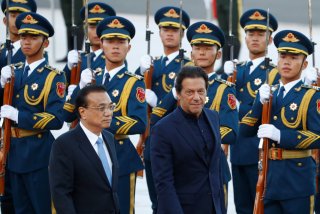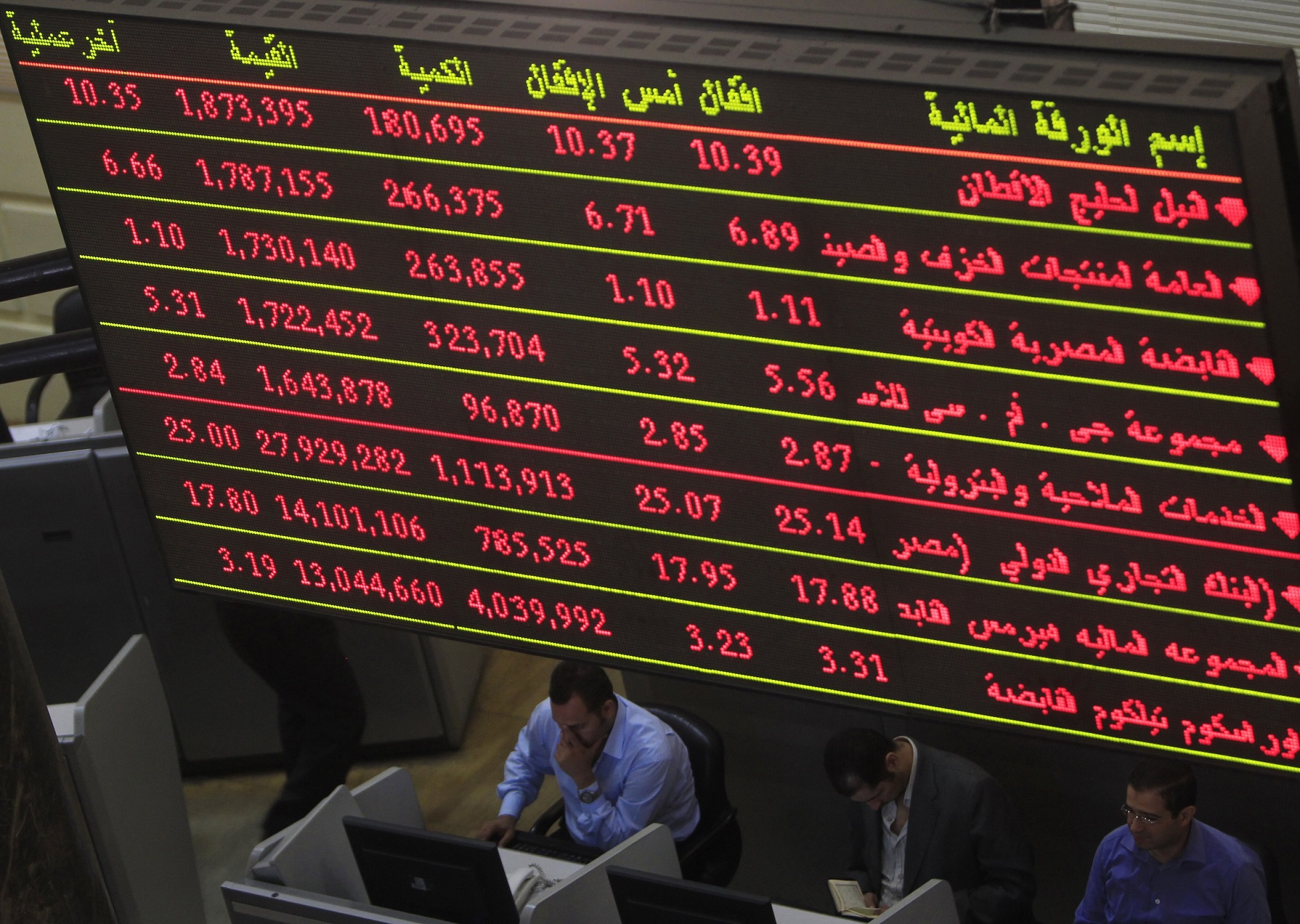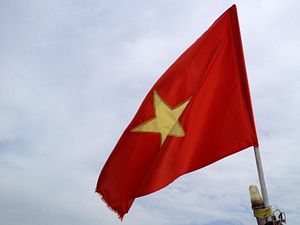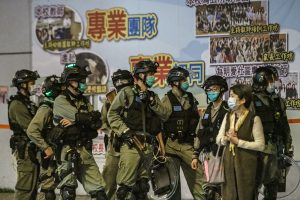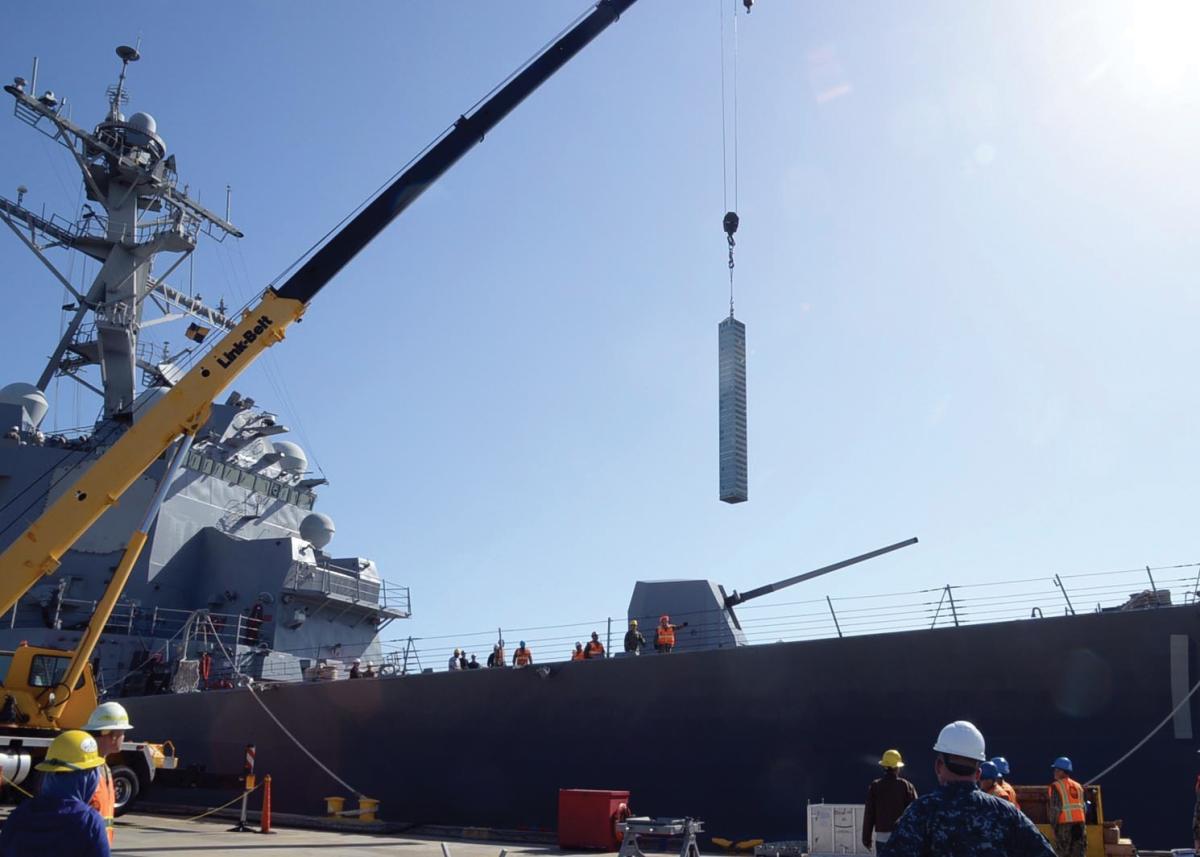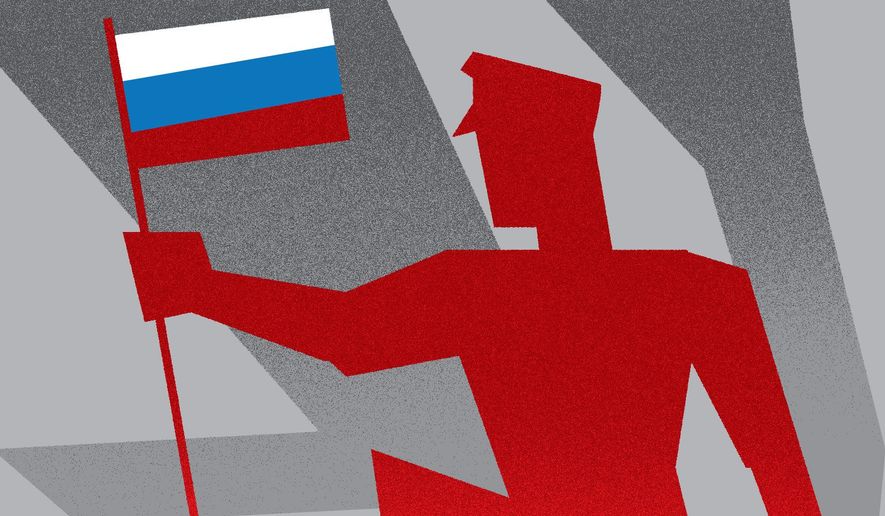By Mohamed Zeeshan
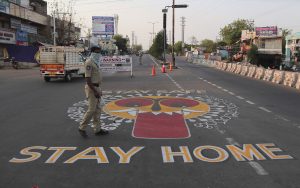 When Prime Minister Narendra Modi first announced India’s stringent anti-COVID-19 lockdown in March, he likened it to a wartime effort. Weeks later, it turns out that he was right. India is beginning to discover that lockdowns are much like wars: easy to get into, but difficult to get out of.
When Prime Minister Narendra Modi first announced India’s stringent anti-COVID-19 lockdown in March, he likened it to a wartime effort. Weeks later, it turns out that he was right. India is beginning to discover that lockdowns are much like wars: easy to get into, but difficult to get out of.
After much debate and discussion, the Modi government has now extended India’s lockdown for a second time, albeit slightly watered down. Despite economic suffering, it seemed the inevitable choice. Over the past weeks, chief ministers across the country had been weary of reopening the economy due to unknown consequences. The lockdown has managed to keep cases and fatalities relatively low. But India’s curve is still climbing and nobody knows if an outbreak is waiting to happen. Once the economy is opened, it would be difficult to win back support for yet another lockdown.
This is not to mention the long-term consequences of a botched reopening: If India was to shut down yet again somewhere down the line, it would take much more effort to reassure investors of stability when it was time to reopen again. There would also be consequences for foreign trade, investment, and migration into and out of India. Any chances of an economic recovery – for both the middle class and the poor migrant workers – would be devastated.
Not unlike during wars, therefore, India now needs a clearly articulated long-term exit strategy, including means to comprehensively identify clusters and treat the vulnerable.

